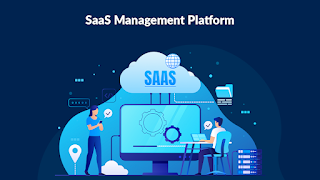Enhancing Data Preparation with Machine Learning and Cloud-Based Tools

Data preparation, a critical step in any data analytics or business intelligence workflow, has seen significant advancements in recent years. Among the most notable trends is the integration of machine learning algorithms into Data Preparation Tools . These innovations are transforming how organizations handle raw data, offering a smarter, more efficient approach to cleaning, transforming, and organizing data for analysis. The Role of Machine Learning in Data Preparation Machine learning (ML) has become a game-changer in the data preparation process. Advanced tools now utilize ML algorithms to autonomously suggest cleaning and transformation steps by analyzing data patterns and learning from user interactions. For example, these tools can detect outliers, suggest corrections for missing values, or identify redundant data columns, streamlining traditionally manual and error-prone tasks. This automation not only reduces the time and effort required for data preparation but also min...


.png)

.png)
%20Software.png)
.png)
.png)
.png)